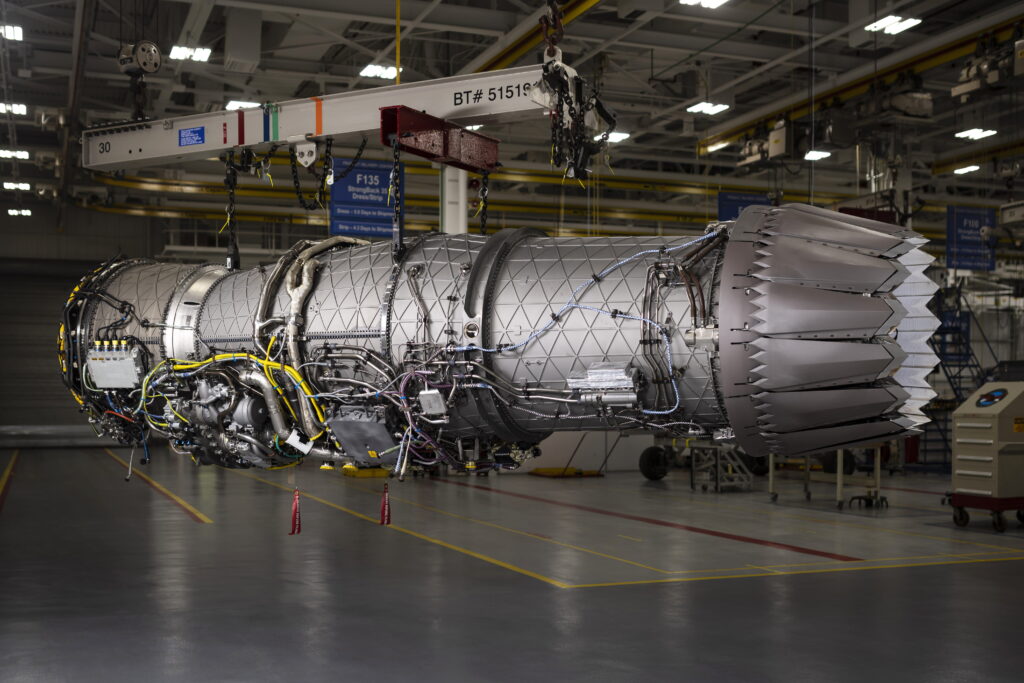The U.S. Navy has awarded Pratt & Whitney a contract modification worth nearly $2.9 billion to build more engines for the F-35 Joint Strike Fighter, marking another significant step in sustaining one of the Pentagon’s largest defense programs.
Under the agreement, Pratt & Whitney, a subsidiary of RTX, will deliver 141 F35 engines that will power new F-35s for the Air Force, Marine Corps, and Navy, as well as partner nations and foreign military customers. Production is spread across multiple facilities in Connecticut, Indiana, Washington, and Maine, with completion expected by February 2028.
These engines are designated for the 18th lot of F-35 fighters being assembled by Lockheed Martin, primarily at its Fort Worth, Texas facility. Lockheed already secured an $11.8 billion contract in December 2024 to build 145 aircraft in Lot 18, with delivery scheduled by June 2027.
To fund the new engines, the Navy is contributing about $656 million, the Air Force $614.6 million, foreign military buyers $513.7 million, and other international partners $228.5 million, highlighting the global scope of the F-35 program.
The Pentagon also finalized other defense deals in parallel. Boeing received a $315 million sole source contract to repair landing gear for its F/A-18E/F Super Hornet fleet, with work being performed in locations such as St. Louis, Quebec, and Fort Walton Beach, Florida. This effort is projected to conclude by September 2029.
Additionally, Lockheed Martin secured a $27 million modification to supply specialized tooling and test equipment for the Joint Strike Fighter program.
Contracting oversight for the Pratt & Whitney and Lockheed Martin F-35 work is handled by Naval Air Systems Command in Patuxent River, Maryland, while the Navy’s landing gear repair contract with Boeing falls under Naval Supply Systems Command Weapon Systems Support in Philadelphia.
These contracts re affirm the Navy’s commitment to strengthening U.S. and allied air capabilities, ensuring that next generation aircraft like the F-35 remain fully equipped to meet evolving defense challenges.



